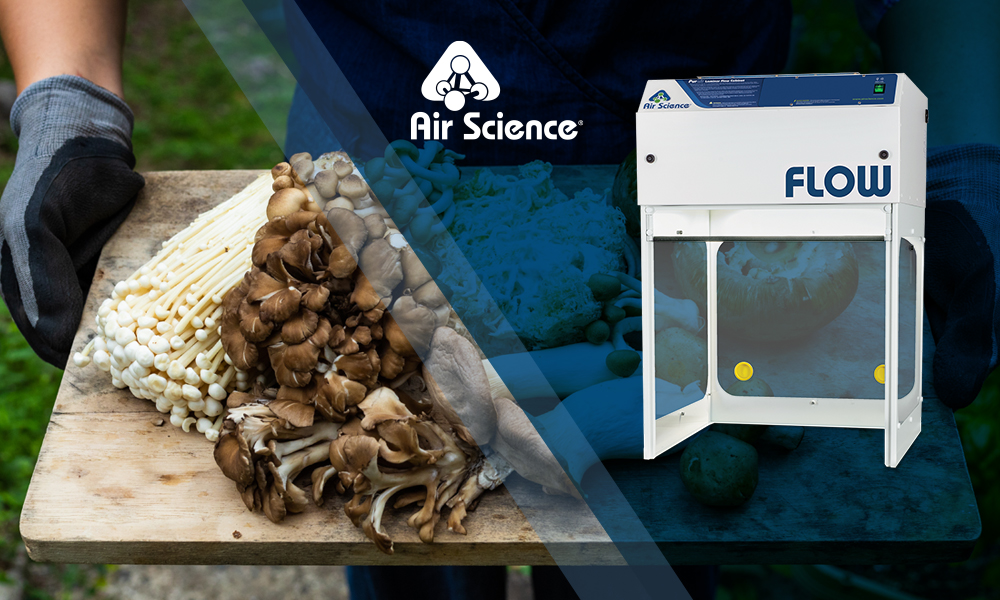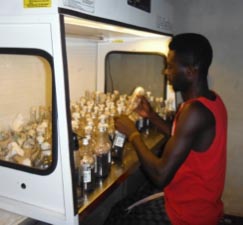

Mushrooms are part of one of the widest scientific kingdoms – fungi. Though only approximately 120,000 species have been described so far, recent reports estimate between 2.2 and 3.8 million species exist.1 Out of all the known mushroom genera, only around 250 are significantly poisonous.2 Though the majority of mushrooms are edible, they don’t all taste great. Varieties often found in grocery stores are typically known for their mild flavor.
When it comes to the gourmet classification, it all comes down to taste. Gourmet mushrooms are loved for their unique flavors, textures, shapes and even rarity. Many gourmet varieties are incredibly difficult to find and highly seasonal. Wild foraging of morels in the spring and chanterelles in the summer and fall can be extremely popular with mushroom lovers. Yet both morels and chanterelles have look-alike varieties that are extremely poisonous – meaning foraging is better left to the experts.
In the past, mushroom species were classified visually via morphology. However, scientific advances have enabled scientists to now verify species using DNA as well as morphology. This added layer of identification allows mycologists to confirm new and existing species. Science has also helped make gourmet mushrooms more widely available than ever before, thanks to high-tech farming techniques.
Mushroom Farming in Highly Controlled Settings
The most popular varieties of gourmet mushrooms are oyster and shiitake, both of which can be farmed. In gourmet mushroom farming, a contamination-free environment during planting and culturing ensures dependable and repeatable results. A sterile environment produces healthy, delicious mushrooms with the added benefit that they are free from hard-to-clean soil deposits or insects. One of the best ways to ensure mushrooms are protected from cross-contamination during the farming process is through the use of a laminar flow hood. Air Science® Purair® Laminar Flow Hoods are designed to protect items, including cultures and plants on the work zone from particulate contamination. Air Science ductless technology helps ensure sustainability goals by keeping energy use low and having a minimal waste impact. In addition, controlled environmental conditions ensure mushrooms are harvested at the ideal time for the freshest products possible.
1 “How many species of fungi are there?” Bradbury Science Museum. (January 2018). https://www.lanl.gov/museum/news/newsletter/2018/01/fungi.php.
2 Tom Oder, “Wild Mushrooms: What to Eat, What to Avoid.” Treehugger, last modified July 07, 2020. https://www.treehugger.com/wild-mushrooms-what-to-eat-what-to-avoid-4864324.
Resources

At the Heart of a Growing Gourmet Mushroom Farm

Horizontal or Vertical Laminar Flow: Which is best for your application?